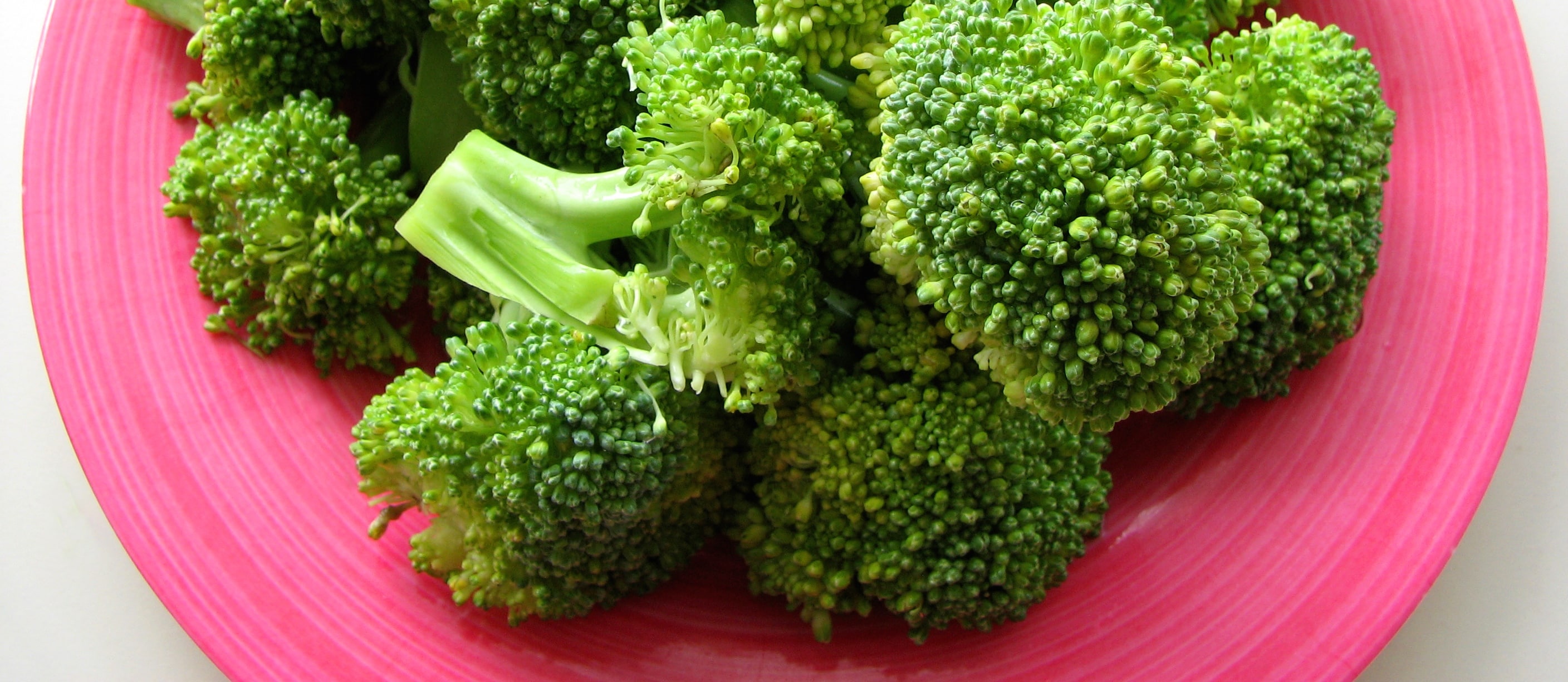Half a million Americans are expected to die this year from cancer, equal to five jumbo jets crashing every day. The number of Americans who die from cancer each year is more than all those who have died in all U.S. wars combined. And this happens every single year.
After a cancer diagnosis people tend to clean up their diets. About a third to a half of breast cancer patients, for example, make healthy dietary changes following diagnosis, such as increasing fruit and vegetable consumption and decreasing meat, fat, and sugar intakes. Does it actually help that late in the game? Well, the Women’s Healthy Eating and Living Study was undertaken in a few thousand breast cancer survivors to determine if a plant-based, low-fat, high-fiber diet could influence breast cancer recurrence rates and survival.
Previously they famously reported that simple changes — five or more servings of fruits and veggies a day and just walking 30 minutes a day six days a week — were associated with a significant survival advantage, cutting the risk of death nearly in half. Note: it was fruits and veggies and exercise. In the video, Breast Cancer Survival Vegetable, you can see the proportion of women with breast cancer surviving nine years in the study if they had low fruit and vegetable consumption and low physical activity, compared to those high in one and low in the other, compared to the survival curve of those high in both. And it worked just as well in women with estrogen receptor negative tumors, which normally have twice the mortality — unless women eat those few fruits and veggies and take a few strolls.
Imagine, for a second, you or a loved one has just been diagnosed with breast cancer. Imagine sitting in that chair, in the doctor’s office, as your doctor gives you the news. But, she says, there’s a new experimental treatment that can cut your chances of dying in the next few years from 16 percent down to just 4 percent. To quadruple their survival rate, many women would re-mortgage their homes to fly to some quack clinic in Mexico and would lose all their hair to chemo, but most, apparently, couldn’t stand the thought of eating broccoli.
The Women’s Healthy Eating and Living Study found that while fruits and vegetables in general may be good, cruciferous vegetables may be better. For women on tamoxifen, for example, women who consumed one of their five daily servings of fruits and veggies as broccoli, cauliflower, collards, cabbage, or kale had their risk of cancer recurrence cut in half.
I recommend that all women with breast cancer eat broccoli sprouts. See my 8-part video series:
1. DNA Protection from Broccoli
2. Sulforaphane: From Broccoli to Breast
3. Broccoli Versus Breast Cancer Stem Cells
4. Liver Toxicity Due to Broccoli Juice?
5. How Much Broccoli Is Too Much?
6. The Best Detox
7. Sometimes the Enzyme Myth Is True
8. Biggest Nutrition Bang for Your Buck
They may also help out with other cancers (Lung Cancer Metastases and Broccoli and Raw Broccoli and Bladder Cancer Survival).
For more on breast cancer survival, see:
- Breast Cancer Survival, Butterfat, and Chicken
- Breast Cancer Survival and Trans Fat
- Breast Cancer Survival and Soy
- Breast Cancer Survival and Lignan Intake
- Flaxseeds & Breast Cancer Survival: Epidemiological Evidence
- Flaxseeds & Breast Cancer Survival: Clinical Evidence
What’s even better is preventing breast cancer in the first place. Here are the 10 latest videos, but there are 81 other videos on breast cancer:
- Fiber vs. Breast Cancer
- Breast Cancer and Alcohol: How Much is Safe?
- Which Seaweed is Most Protective Against Breast Cancer?
- Breast Cancer Risk: Red Wine vs. White Wine
- Cancer, Interrupted: Green Tea
- PhIP: The Three Strikes Breast Carcinogen
- Estrogenic Cooked Meat Carcinogens
- Cancer Risk From CT Scan Radiation
Some of this video may sound familiar — I included it in my 2013 live presentation, which you can watch here.
-Michael Greger, M.D.
PS: If you haven’t yet, you can subscribe to my videos for free by clicking here and watch my full 2012 – 2015 presentations Uprooting the Leading Causes of Death, More than an Apple a Day, From Table to Able, and Food as Medicine.
